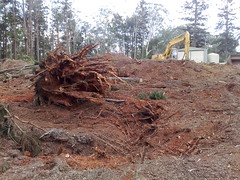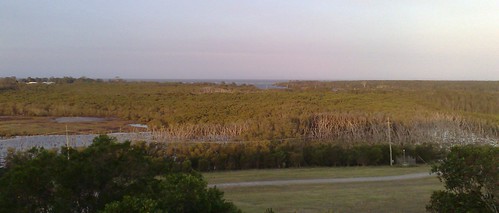The land at the top of Armstrong Street, Petrie, known as “Murrumba Hill”, is special for a number reasons.
Tom Petrie, a pioneer of the area during the nineteenth century, had good friendship with the local aboriginal people. He spoke their language, attended their initiations and bunya feasts, and treated them with a respect that was 150 years ahead of his time.
In return, tribal elder Dalaipi advised Tom to build his house on this hill, and keep his cattle here. He promised that the North Pine tribe would look out for Tom’s family.
So Murrumba Hill is a symbol of rare early mutual respect and friendship between Aborigines and white men.
On this hill you can find some impressive old specimens of Hoop and Bunya Pines, and (until recently) a forest that had been untouched for almost a century, named “Dalaipi’s Forest” in honor of the great aboriginal leader who befriended the Petrie family.
The Petrie family sold the property to the Catholic church in the 1950’s on the proviso that the old homestead remained intact. Sadly, the chuirch renegged on the deal and demolished the homestead about a year after getting their hands on the property.
The Dalaipi Forest was left alone, but it was neglected. Due to lack of maintenance by the new owners, it became infested with Lantana and other noxious weeds.
And then last week, the church decided to bulldoze the Dalaipi Forest to construct another building and more car parking spaces.
Ironically, all this happened in the week of the Copenhagen Climate Change Conference, where people are debating the effects of land clearing on Climate Change.
Forests like this can sequester almost a thousand tons of carbon per hectare. They are habitat to many native species of birds, animals and insects. But more than this, a forest like this brings magnificent peaceful beauty right into the middle of our suburbs.
What a tragedy that it is gone.
To borrow an old phrase from the Dean Brohers demolition company:
“Catholic Church. All we leave are the memories….”
































